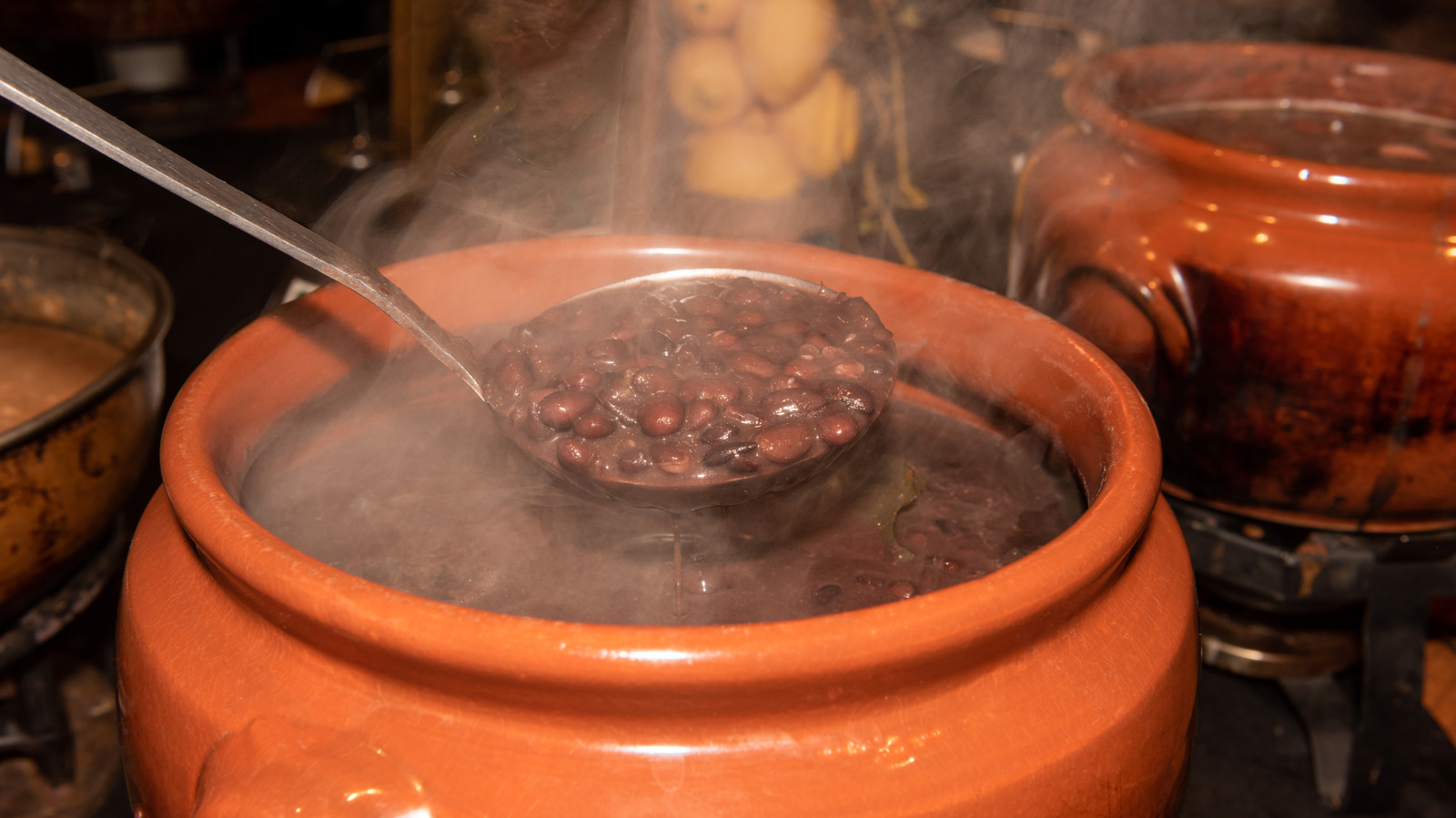
"To test your beans for doneness and that perfect textural dichotomy of pillowy yet firm, all you need is a fork or spoon. Remove a single bean from the pot, setting it on a plate or cutting board, and smash it with your chosen utensil. If the bean's skin breaks open quickly under the pressure to expose its pasty pulp, you'll know the beans are ready to hit the dinner table."
"When first starting out with this test, a fork will be the optimal utensil because you'll get a visual confirmation in addition to a tactile one. But, after a few batches, your fingers may be all you need to test the beans by touch alone. Then, one day, you may graduate to simply popping a cooled bean and smooshing it on the roof of your mouth to test for doneness."
"If your beans don't pass the smash test, it's easy enough to leave them simmering until they do. But, what if you leave the beans on for too long? Mushy beans are a frustrating result after taking the time and effort to cook them from scratch. But, don't throw them away in defeat! Soft, overcooked beans can be repurposed into many different dishes."
Dried beans provide fresher flavor, customizable seasonings, and a pillowy yet firm texture compared with canned beans. Doneness can be assessed with a simple smash test: remove one bean, place it on a plate or cutting board, and press it with a fork or spoon. A bean is done when its skin breaks open quickly to reveal pasty pulp. Beginners benefit from using a fork for visual confirmation; experienced cooks may test by touch or by popping a cooled bean and smooshing it on the roof of the mouth. Overcooked, mushy beans can be repurposed into dips, patties, refried beans, or other dishes.
Read at Tasting Table
Unable to calculate read time
Collection
[
|
...
]